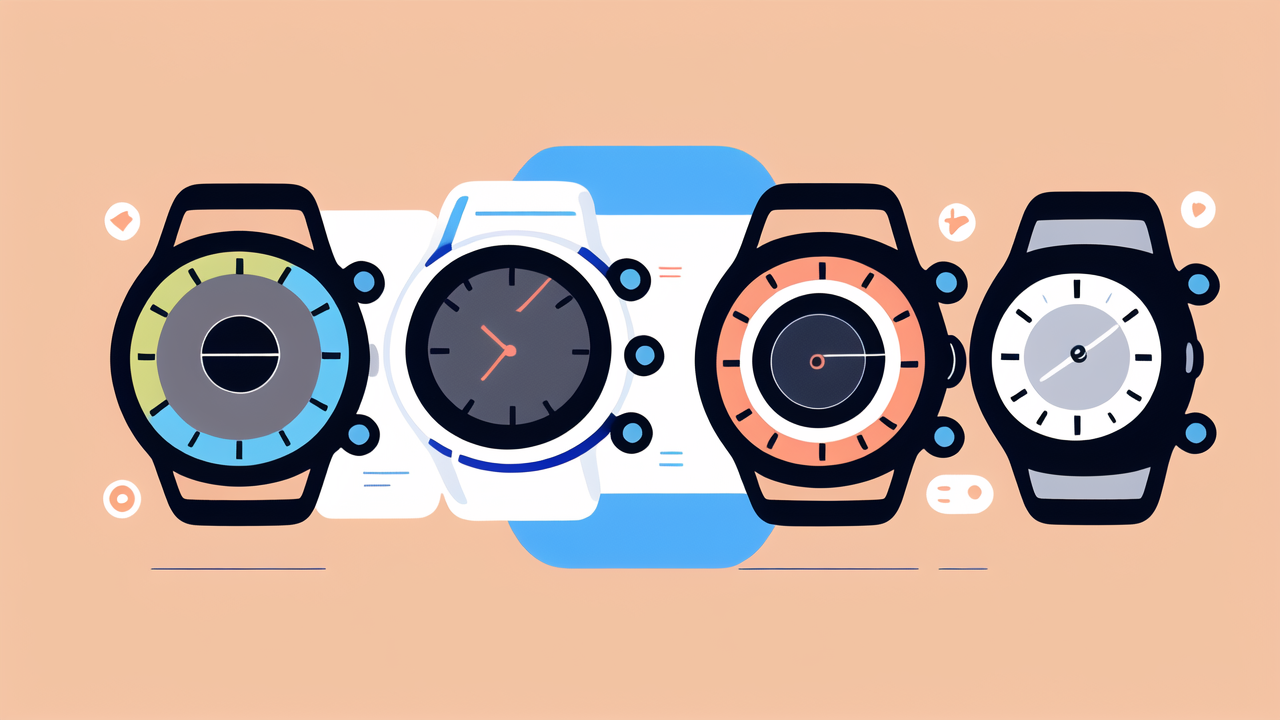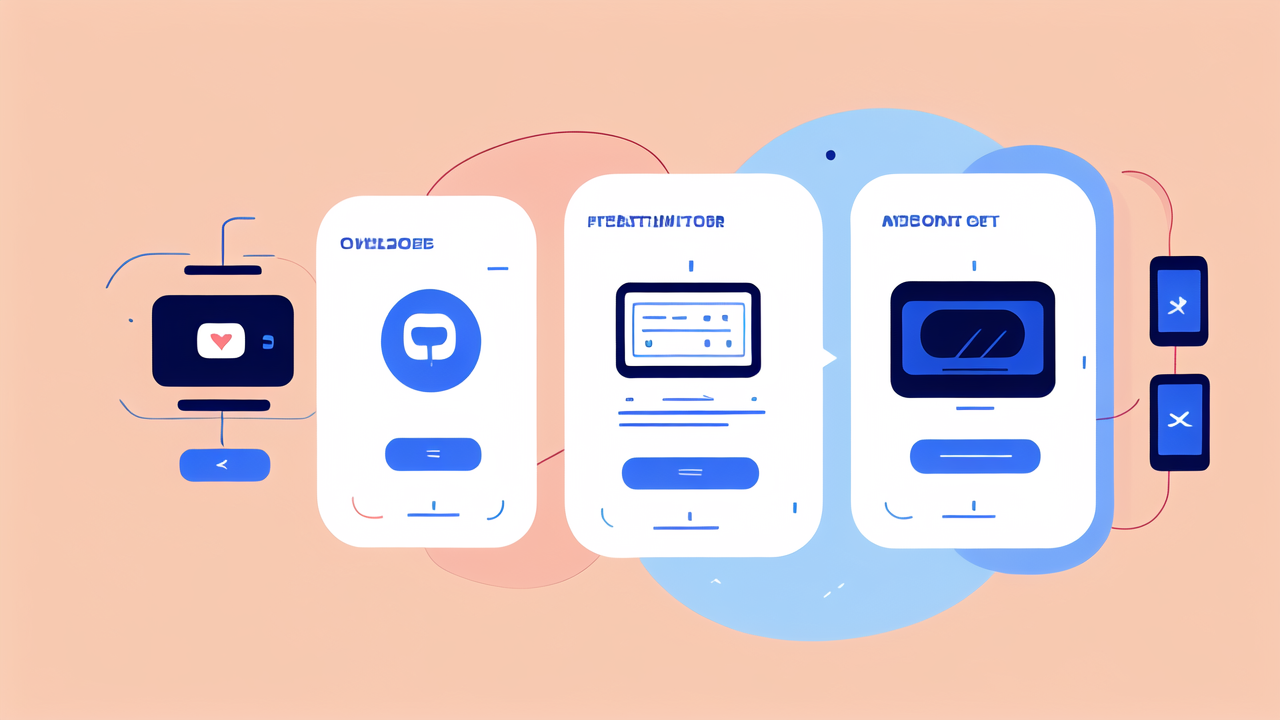Introduction to Wearable Technology in the United States
What Is a Smart Watch?
A smart watch is a wearable device that offers more than just telling time. It's a mini-computer on your wrist. These devices can track fitness, show notifications, and even make calls. They connect to your smartphone, extending its features to your wrist. Smart watches run apps, play music, and monitor health data. They're part of the growing trend of wearable tech in the US. Many Americans now use smart watches daily. They've become popular for their convenience and health benefits. Smart watches are changing how we interact with technology and manage our daily lives.

The Evolution of Traditional Watches to Smart Devices
Watches have come a long way from simple timekeepers. Traditional watches focused on telling time and style. They were mechanical marvels, prized for craftsmanship. Over time, watches gained new features like calendars and stopwatches. The digital era brought LCD displays and more functions. But the real change came with smart technology. Smart watches added connectivity and computing power. They turned watches into powerful, multi-functional devices. This shift marked a new era in personal technology. Watches evolved from accessories to essential gadgets. They now offer a blend of style, function, and advanced tech features.
Key Features That Define Smart Watches
Integration of Smart Technology in Watches
Smart watches are packed with advanced tech. They have tiny but powerful processors. These allow them to run complex apps and functions. Most smart watches have touchscreens for easy navigation. They connect to the internet via Bluetooth or Wi-Fi. This lets them sync with phones and other devices. Many have GPS for location tracking. Voice control is common, allowing hands-free use. Some even have cellular connectivity. This means they can work independently from phones. Smart watches often include sensors for various functions. These can measure heart rate, movement, and more. The integration of these technologies makes smart watches versatile tools.

Health and Fitness Tracking Capabilities
Health tracking is a key feature of smart watches. They can monitor heart rate continuously. Step counting is standard, encouraging users to stay active. Many track sleep patterns, helping improve rest quality. Some watches measure blood oxygen levels. Advanced models can even detect falls or irregular heartbeats. Fitness enthusiasts love the workout tracking features. Watches can record runs, swims, and other exercises. They provide data on pace, distance, and calories burned. Some offer guided workouts right on the wrist. This health data syncs with apps for long-term tracking. It helps users set and achieve fitness goals. Smart watches have become valuable tools for personal health management.
Lifestyle Enhancements Offered by Smart Watches
Smart watches offer many lifestyle benefits. They keep you connected without constant phone checks. Notifications appear on your wrist for easy viewing. You can reply to messages or take calls directly from the watch. Many allow contactless payments, replacing your wallet. Calendar alerts help manage your schedule efficiently. Weather updates are always available at a glance. Some watches can control smart home devices. This lets you adjust lights or thermostats from your wrist. Music control is another popular feature. You can play, pause, or skip tracks easily. For travelers, smart watches often include language translation. They can also store boarding passes and travel info. These features make daily tasks simpler and more convenient.
The Future of Wearable Technology: Trends and Predictions
The Role of AI and Machine Learning in Upcoming Smart Watches
AI and machine learning are set to revolutionize smart watches. Future devices will be smarter and more personalized. They'll learn user habits and preferences over time. This could lead to predictive features. Your watch might suggest activities based on your routine. It could adjust settings automatically for different situations. AI could enhance health monitoring significantly. Watches may detect health issues before they become serious. They might offer personalized health advice based on your data. Machine learning could improve fitness tracking accuracy. It might provide more detailed insights into your workouts. AI assistants on watches will become more advanced. They'll handle complex tasks and queries more effectively. These technologies will make smart watches even more useful in daily life.

How IoT Integration Shapes the Smart Watch Landscape
IoT integration is expanding the capabilities of smart watches. They're becoming central hubs for connected devices. Your watch could control your smart home seamlessly. It might adjust your thermostat as you approach home. Or it could lock doors when you leave. In the future, watches may interact with smart cities. They could provide real-time transit info or parking availability. IoT could enhance workplace efficiency through smart watches. They might automate check-ins or access controls. In healthcare, IoT-enabled watches could share data with doctors in real-time. This could improve remote patient monitoring. As more devices join the IoT, smart watches will play a bigger role. They'll become key interfaces for our connected world.
The Impact of Mobile Connectivity on Wearable Technology Adoption
Mobile connectivity is driving wearable tech adoption. As networks improve, smart watches become more powerful. 5G will allow faster data transfer and lower latency. This means smoother performance and new features. Standalone connectivity is becoming more common in watches. This reduces reliance on smartphones. Users can leave their phones behind more often. Mobile payments through watches are gaining popularity. This is changing how people shop and manage money. Better connectivity enables more accurate location services. This improves navigation and location-based features. It also enhances emergency services on smart watches. As mobile networks evolve, so will wearable technology. We can expect more independent and capable smart watches in the future.




Leave a comment
This site is protected by hCaptcha and the hCaptcha Privacy Policy and Terms of Service apply.